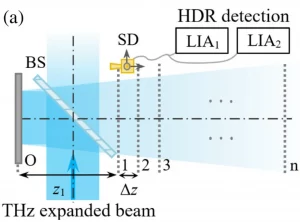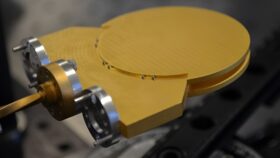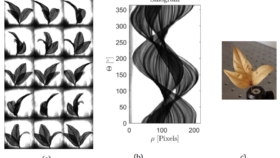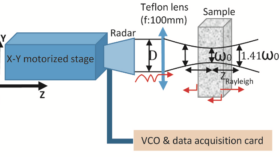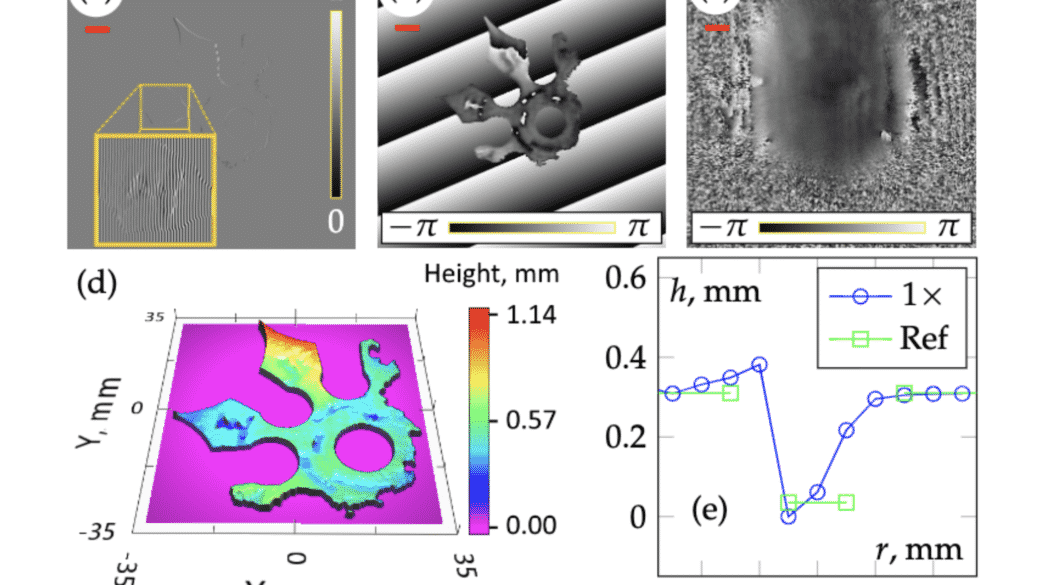
Terahertz Phase Retrieval Imaging in Reflection
Collaboration with ITMO University about Terahertz
After the visit of the great museum of optics in ITMO, Saint Petersbourg, Russia, an interesting discussion started with ITMO colleagues about terahertz phase retrieval and holography. We were also pleased to invite Nicholay Petrov at IMS Laboratory in Bordeaux. I am delighted to present here the results of this research in collaboration with our colleagues from ITMO.
Abstract of terahertz phase retrieval article
Terahertz phase recovery is a promising method for evaluating the complex properties of a diffracted wave using an iterative processing algorithm. In this letter, we will demonstrate the implementation of this method in reflection geometry with a continuous wave system operating at a frequency of 287 GHz. To ensure a high signal-to-noise ratio in the measured data set, we have proposed a double parallel recording circuit with a detector and two lock-in amplifiers, operating with an additional sensitivity adjustment. This provided a higher digital aperture than conventional focal plane scanning during the raster scanning. A special digital interferometric post-processing procedure was applied to obtain a map of surface heights by phase distribution reconstructed in the irradiated area of the object.
Experimental setup: in reflection!
This reflection geometry implementation is based on a continuous wave acquisition system working at 0.287 THz. I consist of a Gunn diode with a frequency multiplication chain, emitting at a frequency of ν= 0.287 THz (wavelengthλ= 1044.57μm) with a power of 14mW in conjunction with a Schottky diode detector SD, integrated single-pixel detector without any antenna, in order to have wavelength size resolution. The successive reflected intensity profiles from the object z(x,y)were captured at axially spaced n = 27 planes (typically for such implementations n = 20 – 30) with a constant separation of ∆z=5 mm.
High dynamic range sensing for phase retrieval
Detection of THz signal in such expanded is tricky and such experiment needs a high dynamic range. While a lock-in amplifier allows detecting weak signals, its dynamic range is limited to 40dB. For more information about Lock-In Amplifier theory, I suggest you to read Stanford Research System manual page 3-10. To ensure a high signal-to-noise ratio in this experiment, we proposed a double parallel recording scheme with one detector and two lock-in amplifiers operating with the complimentary sensitivity setting.
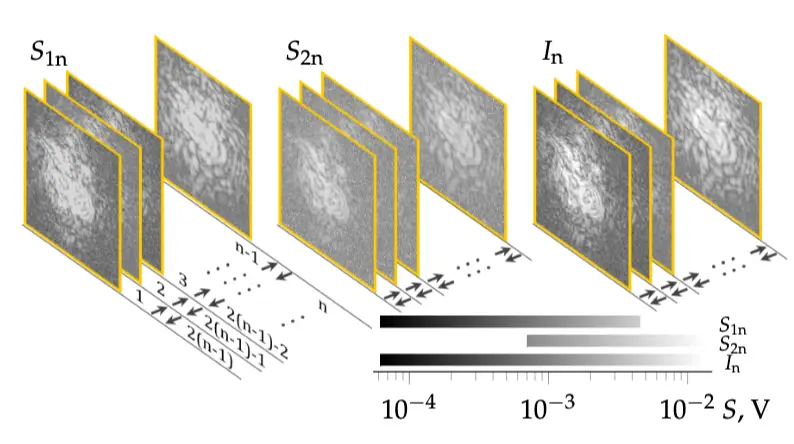
Results and reconstructions
Reconstructions made using phase retrieval technique, single-beam multiple-intensity reconstruction algorithm (SBMIR, more details in the paper) from LIA1 LIA2 and fused data show a clear advantage of HDR configuration.
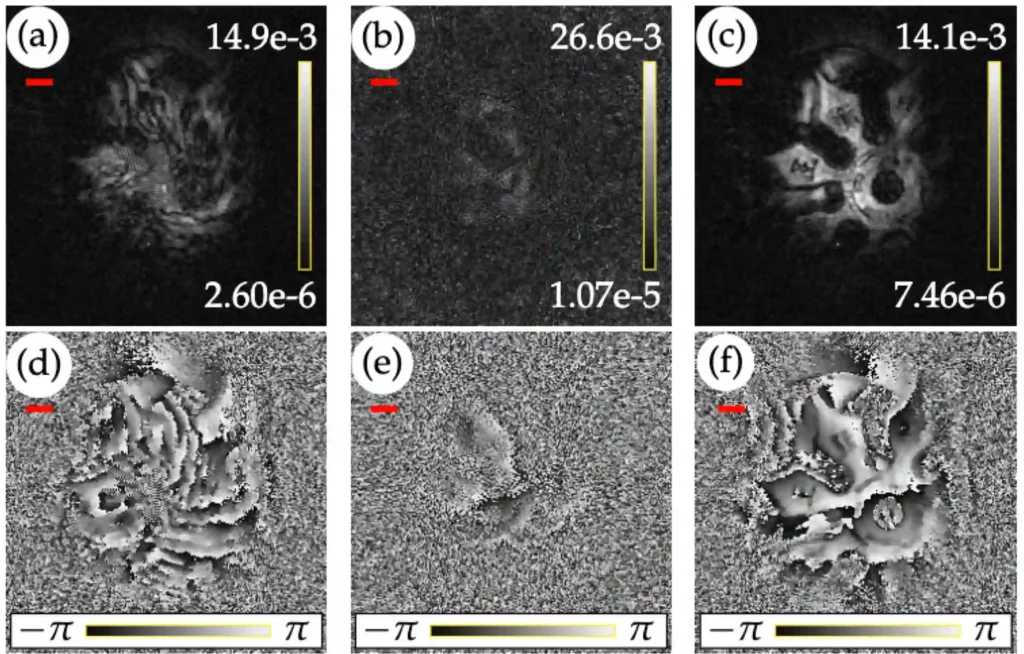
Access to holography article and citation
https://www.researchgate.net/publication/342398739_Terahertz_Phase_Retrieval_Imaging_in_Reflection
Petrov, N. V., Perraud, J. B., Chopard, A., Guillet, J. P., Smolyanskaya, O. A., & Mounaix, P. (2020). Terahertz Phase Retrieval Imaging in Reflection. Optics Letters.
